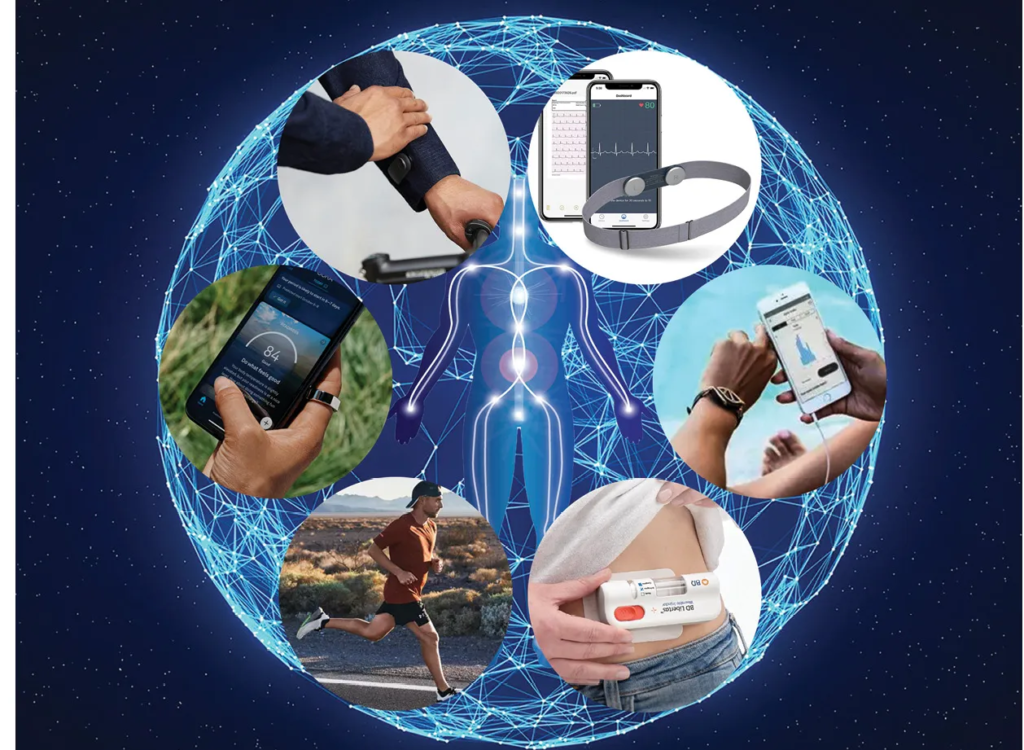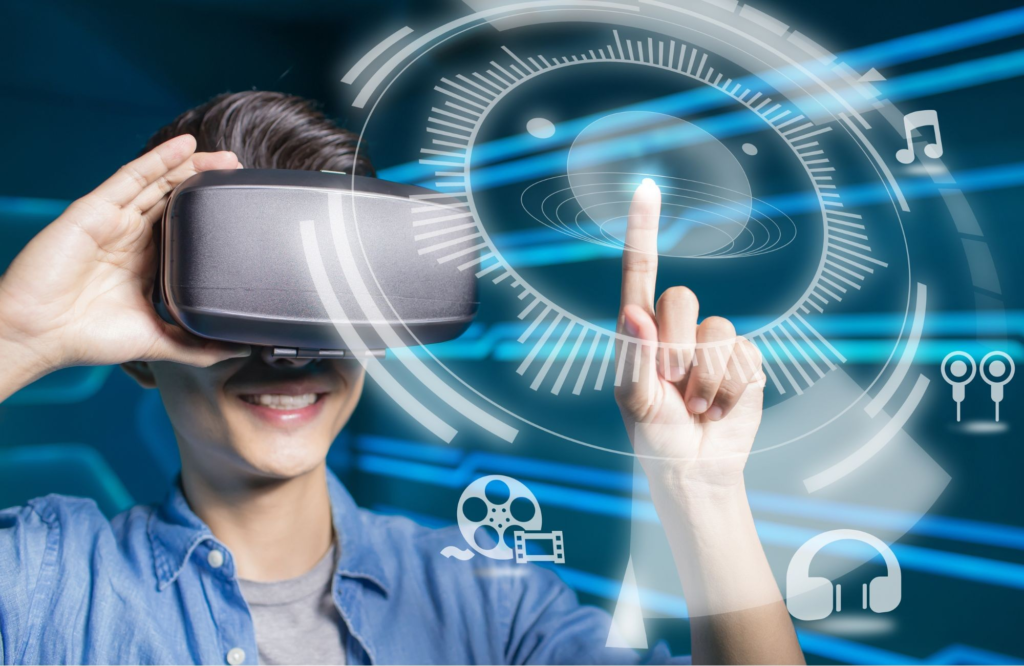Wearable technology has rapidly evolved from niche gadgets to mainstream accessories, seamlessly integrating into daily life and transforming how people interact with digital information and monitor their health. These devices, ranging from smartwatches and fitness trackers to augmented reality glasses, offer a multitude of functionalities that enhance convenience, productivity, and well-being. This article explores the growing influence of wearable technology and its impact on everyday life.

Evolution and Adoption
Wearable technology has witnessed significant advancements in recent years, driven by innovations in miniaturization, sensor technology, and connectivity. Early adopters were drawn to devices like the Fitbit and Apple Watch for their ability to track fitness metrics such as steps taken, calories burned, and sleep patterns. As technology improved, wearables expanded their capabilities to include heart rate monitoring, GPS navigation, and even mobile payment options.
Mainstream Integration
The integration of wearable devices into daily life has been facilitated by their versatility and convenience. Smartwatches, for example, not only tell time but also deliver notifications, track workouts, and allow users to respond to messages without reaching for their smartphones. This seamless connectivity enables users to stay informed and productive while minimizing distractions.
Health and Fitness Monitoring
One of the most significant impacts of wearable technology is in the realm of health and fitness. Fitness trackers monitor physical activity levels, provide real-time feedback during workouts, and encourage users to achieve daily activity goals. These devices have empowered individuals to take control of their health by promoting active lifestyles and providing insights into overall well-being.
Personalized Experiences

Wearable devices leverage data analytics and machine learning to deliver personalized experiences tailored to individual preferences and behaviors. For example, smart clothing embedded with sensors can adjust temperature based on environmental conditions or monitor posture to prevent injury. This customization enhances user comfort and efficiency in various settings, from athletics to daily routines.
Applications Across Industries
Wearable technology is not limited to consumer electronics but has also found applications across various industries, including healthcare, manufacturing, and entertainment.
Healthcare
In healthcare, wearables are used for remote patient monitoring, chronic disease management, and early detection of health issues. Devices like continuous glucose monitors (CGMs) and smart patches provide healthcare professionals with real-time data, enabling proactive interventions and improving patient outcomes.
Manufacturing and Logistics
In manufacturing and logistics, wearable devices enhance worker safety and efficiency. Smart glasses equipped with augmented reality (AR) overlays provide workers with hands-free access to instructions, schematics, and real-time data, reducing errors and accelerating task completion.
Entertainment and Gaming
In entertainment and gaming, augmented reality (AR) and virtual reality (VR) headsets offer immersive experiences that blur the line between physical and digital worlds. From interactive storytelling to multiplayer gaming, wearable devices create new avenues for entertainment and social interaction.
Future Trends and Innovations
Looking ahead, the future of wearable technology promises further innovation and integration into everyday life. Key trends include:
- Healthcare Innovations: Advances in biosensors and AI-driven analytics will enable wearables to monitor a wider range of health metrics and predict health outcomes with greater accuracy.
- Smart Fabrics: Developments in textile engineering will lead to the emergence of smart fabrics that can monitor vital signs, regulate temperature, and even harvest energy from body movements.
- Enhanced Connectivity: Wearables will continue to enhance connectivity with other IoT devices, creating seamless ecosystems where information flows effortlessly between devices and platforms.
Conclusion
Wearable technology has become an integral part of daily life, offering users unprecedented convenience, functionality, and personalized experiences. From improving health and fitness outcomes to revolutionizing industries like healthcare and manufacturing, wearables continue to redefine how individuals interact with technology and each other. As innovation accelerates and adoption grows, wearable devices will play an increasingly central role in shaping the future of digital connectivity and human-machine interaction.



